How to lay a table - from the casual everyday to the special occasions
Impress your guests and dine in style with our essential guide


Autumn is in full swing which means the festive season will soon be upon us, making now the perfect time to learn how to lay a table so that you can dine in style and impress any guests coming over.
Though learning how to set a table involves a few basic groundrules, there's also scope to have a lot of fun with this. Once you've grasped the basics of how to lay a table, you can incorporate design elements that tie into the rest of your dining room or kitchen decor.
How to lay a table

'Although setting a table may seem a little complicated at first, once you know how it’s an important skill that will not only make you a great host but a wonderful guest too', says Andrea Waters, Head of Brands, Portmeirion.
Learning how to lay a table will involve more steps depending on the type of dinner you're having. Our guide takes you through the basics of how to lay a table for everyday dining, casual and informal dinner parties, and formal occasions, so that your dining or kitchen table can be ready for every moment.
How to lay a table for everyday dinner

If you're wondering how to lay a table for your everyday, casual evening meal, you'll want to keep things simple and practical without compromising on style. The tips below will show you how to lay a table for everyday dining that is both functional and elegant.
What you'll need
- Placemat
- Dinner plate or pasta bowl
- A dinner knife and fork
- A tumbler or highball glass
- Napkin
1. Lay out a placemat at each setting
Placemats can provide a nice focal point in a dinner table setup. Rattan placemats create a rustic vibe that go perfectly with scandi kitchen ideas, or you can choose from patterned and colourful designs for a more eclectic edge.
2. Place a dinner plate or pasta bowl on top of the placemat

Depending on the meal, next place a plate or bowl on top of the placemats. Matching plateware is best, and again, you can pick plates which appeal to your style.
3. Lay the cutlery
Place a fork to the left of the dinner plate and a knife to the right.
4. Add glassware
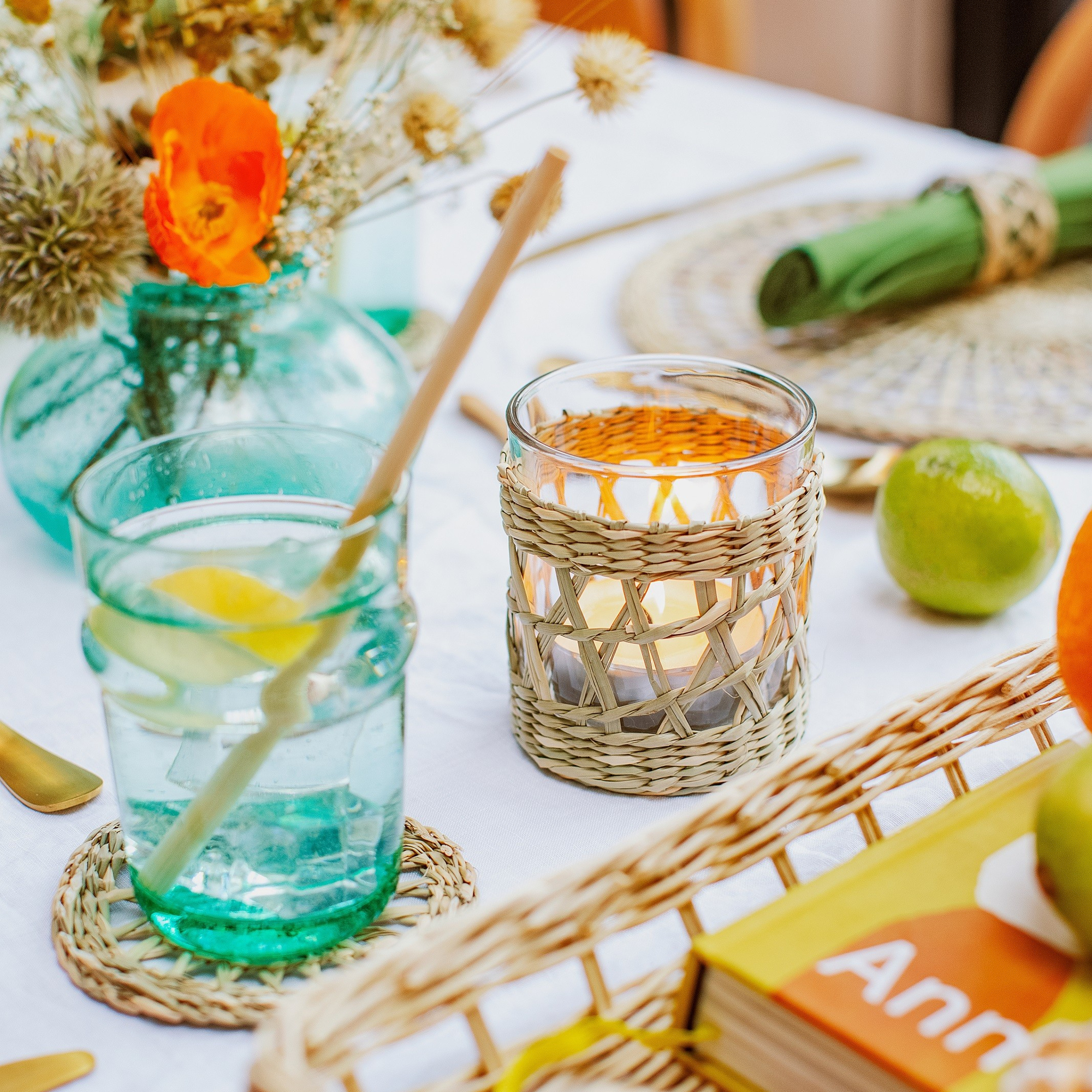
Place a drinking glass at the top right of the setting, above the knife. You may want to stick to your everyday glasses for this type of table, and save the fancier glassware for formal occassions.
5. Add napkins for the finishing touch
Napkins may seem a little extravagant for everyday use, so you don't have to include them. But if you like to have them on hand for any spillages (particularly if there are little ones at the table), you can fold them underneath the fork or place them on top of the dinner plate.
How to lay a table for an informal gathering

An informal gathering usually means more heads around the table, or you may just be hosting a couple of friends and want to make the dinner table look a little more special than usual.
'Maybe each of your guests is bringing a dish to share, and a buffet-style layout for people to help themselves to as they mingle is the relaxed setting you prefer', says Emma. 'If this is the case, lots of serving dishes, bowls of different sizes, and serving spoons are key.'
You will need
- Placemats
- Dinner plates
- Salad plates, if required
- Side plates
- A dinner knife and fork
- A salad fork, if required
- Tumblers or highball glasses
- Wine glasses
- Napkins
1. Set the table like you usually would
Firstly, ensure you have all the basics in place, according to the steps for how to lay a table for everyday meals. Sit the dinner plates on top of the placemats, with the fork to the left and knife to the right.
2. Add salad serving utensils
If you are serving salad, place a salad bowl on top of each plate and a salad fork to the left of the dinner fork.
3. Glassware goes next

You can add a wineglass alongside a tumbler or highball glass when setting the table for informal gatherings. Even if only one of the glasses gets used, the two glasses next to each other effortlessly elevates the dinner table and adds a touch of sophistication. Place the tumbler above the dinner knife and the wineglass to the right of it.
4. Finally, napkins

We recommend incorporating napkins when setting a dinner table for informal gatherings, if you don't already do this. Place them underneath the dinner fork to keep things more casual, or fold them on top of the dinner plate for a slightly fancier touch.
How to lay a table for a formal event

Questions around how to lay a table for a formal event are probably the most pressing. If you're hosting a formal dinner party, you probably want to make sure you're setting the table correctly, while also creating a beautiful tablescape that makes things extra special.
A formal dinner party doesn't necessarily mean you're catering for a lot of guests either. Hosting a special dinner for your family can simply be a lovely weekend treat. Serve several courses and enjoy them on a dining table worthy of a Michelin restaurant by following the steps below.
You will need
- Tablecloth
- Dinner plates
- Salad plates
- Soup plates
- Side/bread plates
- Salad forks
- Dinner forks and knives
- Fish forks and knives
- Soup spoons
- Dessert spoons and forks
- Butter knives
- Water glasses
- Wine glasses
- Champagne flutes, if necessary
- Napkins
1. Lay the tablecloth
A tablecloth is a formal dinner party essential, and you can have fun picking a colour or design that complements the rest of your tableware. Spread the tablecloth so there are no creases and an even drop all round. Or if you want to keep your table on show, a table runner running down the middle will add an elegant touch.
2. Add the plates and placemats
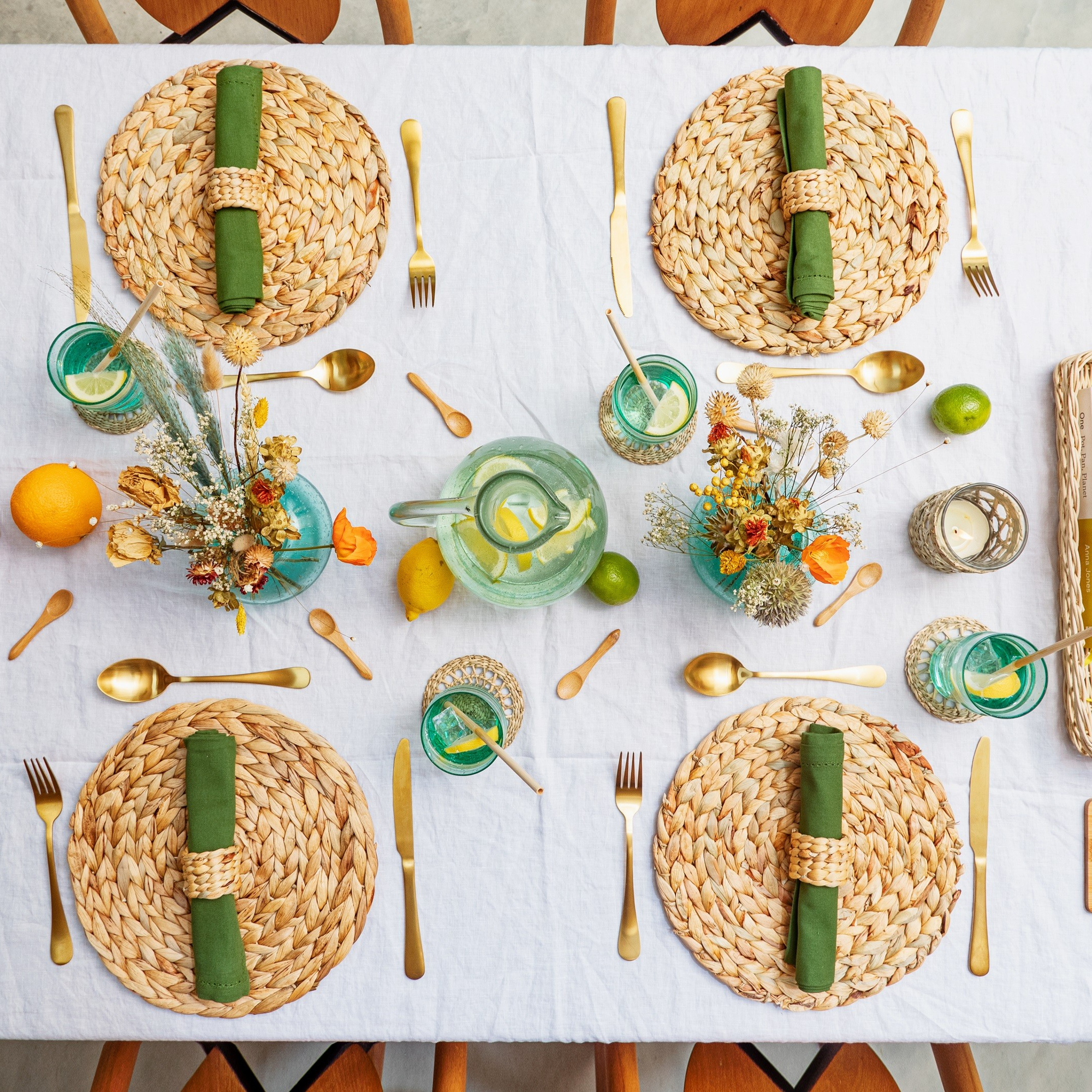
Set the placemats down and add a dinner plate in the centre of each. Then place a salad plate on top, followed by a soup plate.
3. Arrange the cutlery
Formal occasions require more cutlery, so if you've got a big cutlery set with lots of different pieces, now is the time to get it out.
'The type and amount of cutlery you need for your setting all depends on the food and the number of courses you are serving', says Andrea, Portmeiron. 'But a basic rule to remember is that cutlery is placed in the order of use, starting from the outside and working inwards towards the plate with each course.'
So your first course will determine which cutlery sits furthest from the dinner plate. Knives and soup spoons sit on the right, forks go on the left, and dessert spoons go at the top.
For example, (working from the inside) on the right you may place a dinner knife, fish knife and soup spoon; on the left a dinner fork, fish fork, and salad fork. At the top of the placemat, place a dessert fork with the handle facing left, followed by a dessert spoon facing the opposite way.
4. Add a side/ bread plate

Place a smaller plate (usually for bread) to the top left corner, above the dinner fork.
5. Place the glassware
Place the water glass directly above the dinner knife, with the white wineglass to its right and the red wineglass just above, top centre. A champagne flute can add a final glamorous touch. Place this to the top right if using.
6. Finish off with a napkin

The last step in how to lay a table for a formal dinner is to add the napkins on top of the plates. You can learn how to fold napkins in elaborate ways if you really want to impress, or simply fold them neatly - the choice is yours.
What are the three types of table setting?

The three types of table setting are basic, casual and formal. Basic table settings are used everyday and are therefore simple and practical. Casual table settings such as family occassions and dinner dates involve a few additional pieces. Formal settings tend to be reserved for special holidays like Christmas, or for dinner parties with a lot of guests.
'A casual setting would involve the same as a basic setting but with a few extra touches', explains Lydia Mallinson, Content Marketing Manager at STAUB. 'Such as additional glassware options, decorative pieces of serveware like a centrepiece Cocotte and trivets for placing serveware on.'
She adds, 'a formal setting elevates the table even further with decorative items such as table cloths, runner, candles, flowers and cloth napkins. This is the time to get out your poshest wine glasses!'
What are the basic rules for laying a table?
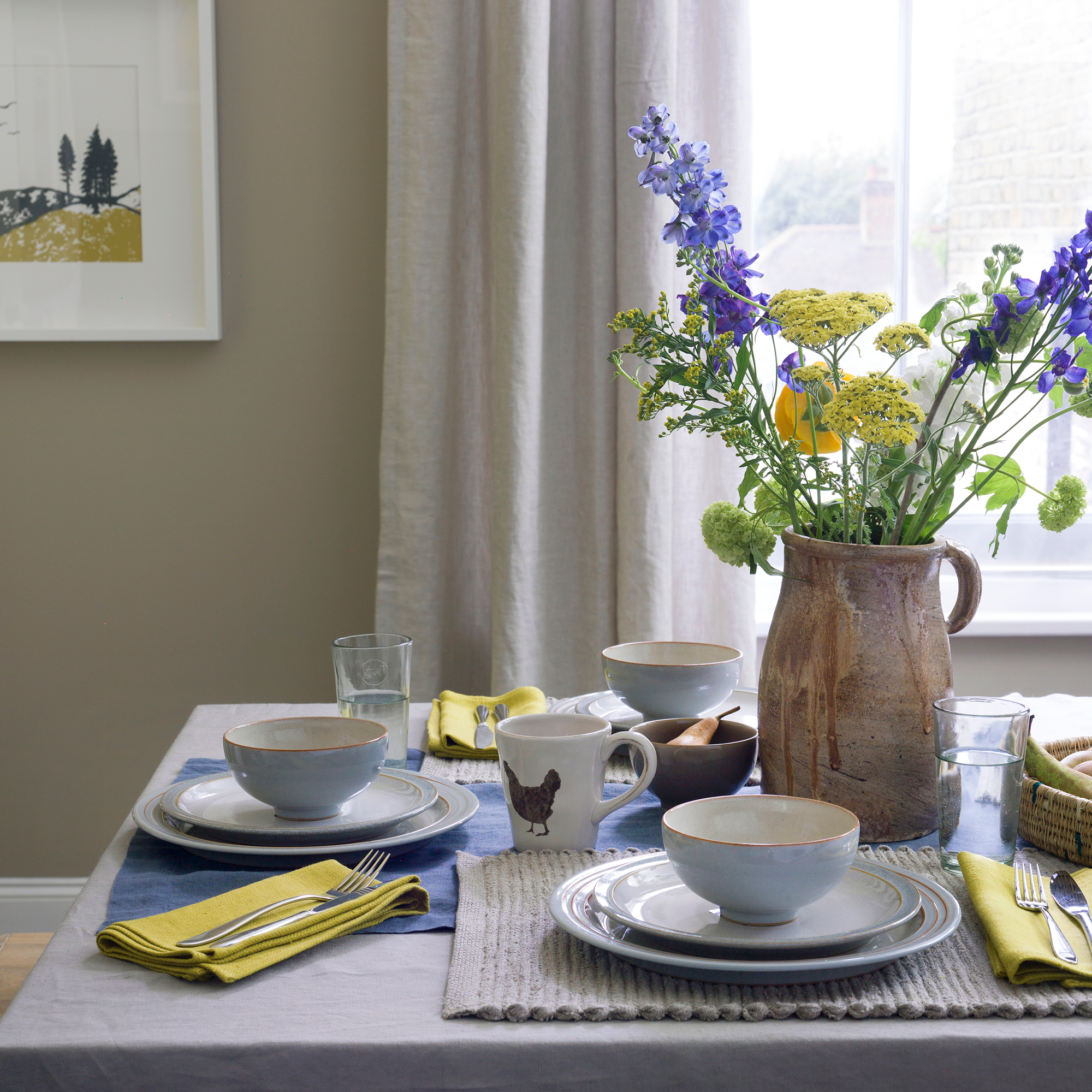
'Whatever the occasion, there are some basic rules that can be followed when laying a table and curating a beautiful tablescape', says Lydia from STAUB. She recommends sticking to the following guidelines when laying a table.
- Lay your cutlery in order of use – working from the outside in. Forks should go on the left, and knives on the right of the placemat and plate.
- Place glassware above the knife.
- Desert cutlery should be placed above the plate – this can be a fork or spoon or both.
- Napkins should be placed to the left of the forks or underneath. If there is not enough room (or you prefer the look), they can be placed in the middle of the dinner plate.
- For an added aesthetic touch, you can place a charger plate under the dinner plate – this elevates the table plus makes sure the table is never empty and also helps to retain the heat of meals.
'Once you've put the basic rules of how to lay a table in place, you can add a seasonal twist or a colour theme', says Daisy Coombes, Interior Design Manager, Sass & Belle. 'Add delicate posy vases filled with your favourite blooms or dried flowers, or a smattering of colourful baubles for a seasonal twist at Christmas.'
Get the Ideal Home Newsletter
Sign up to our newsletter for style and decor inspiration, house makeovers, project advice and more.

Katie has been writing freelance since early 2022, specialising in all things homes and gardens, following achieving a Masters in Media and Journalism. She started out writing e-commerce content for several of Future’s interior titles, including Real Homes, Gardeningetc, Livingetc, and Homes and Gardens. Since then she’s been a regular contributor on Ideal Home’s digital team, covering news topics, how-to guides, and product reviews.
-
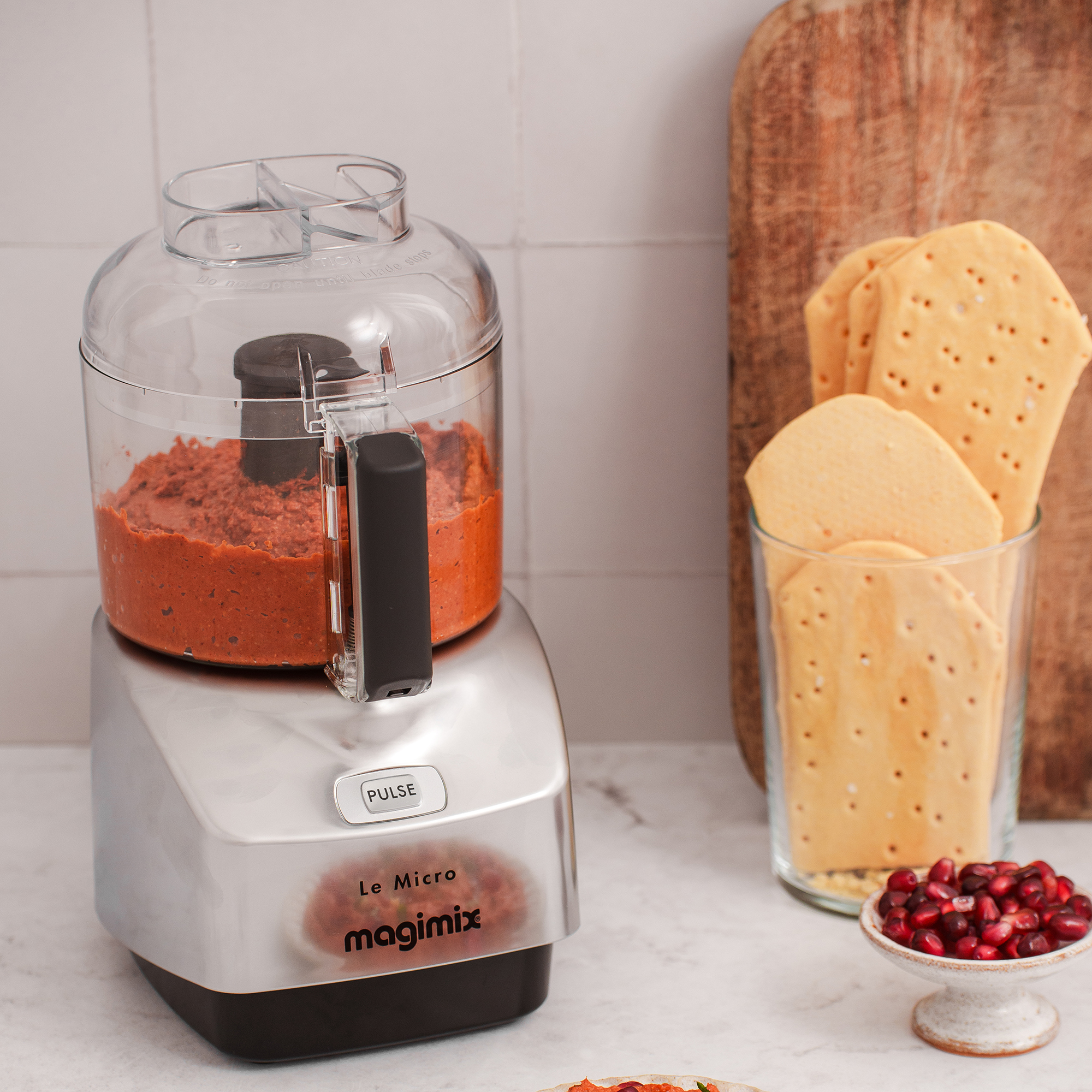 I won't gatekeep - Magimix's new small kitchen-friendly mini chopper is my secret to delicious lazy dinners
I won't gatekeep - Magimix's new small kitchen-friendly mini chopper is my secret to delicious lazy dinnersMy homemade pesto pasta has never been better
By Holly Cockburn
-
 George Home’s sold-out striped parasol is finally back in stock - but this elegant design is expected to sell out again fast
George Home’s sold-out striped parasol is finally back in stock - but this elegant design is expected to sell out again fastI can't get enough of its whimsical design, too
By Kezia Reynolds
-
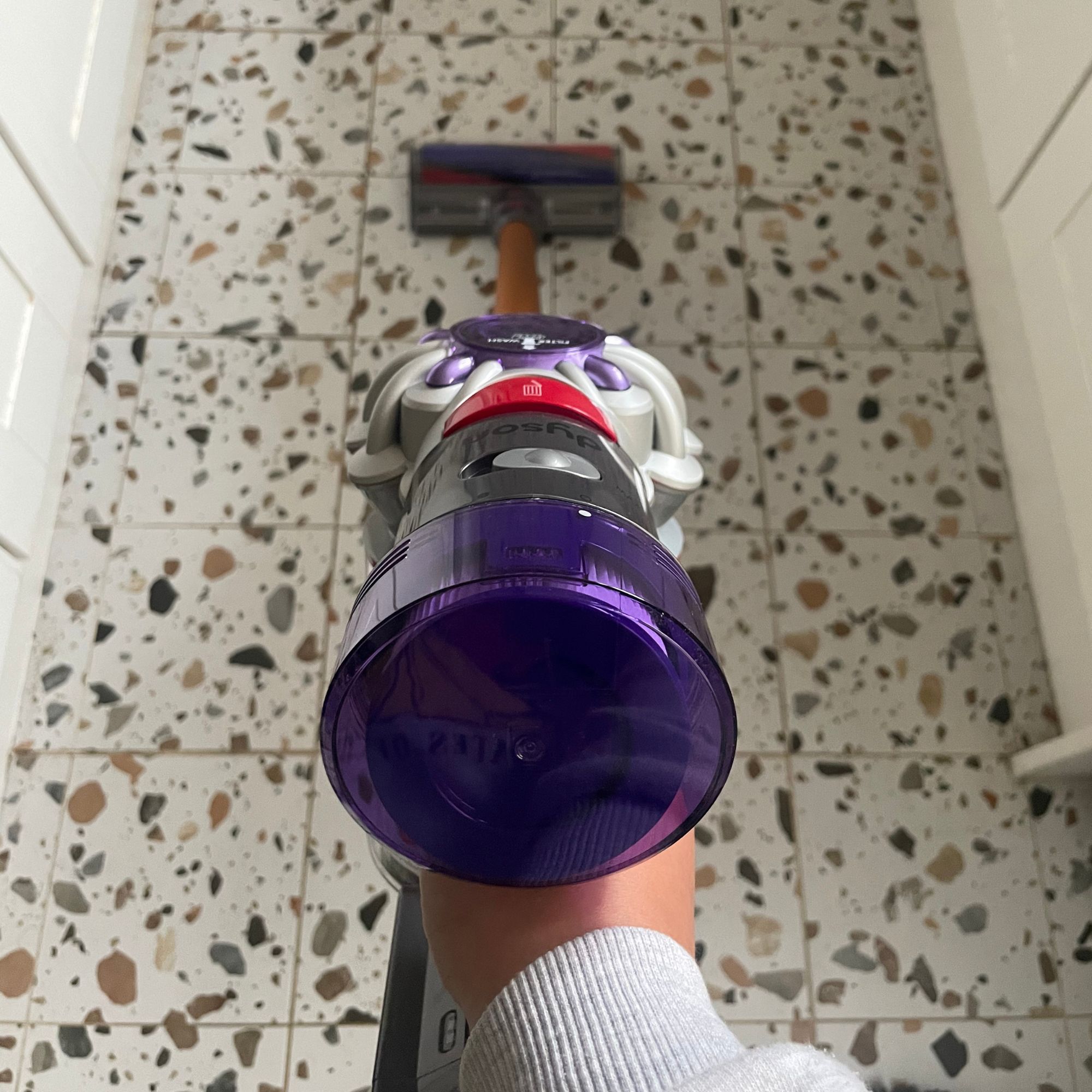 I asked a Dyson engineer how you can avoid these common Dyson vacuum cleaner problems — and how to make the most of your machine
I asked a Dyson engineer how you can avoid these common Dyson vacuum cleaner problems — and how to make the most of your machineFrom a loss of suction to poor battery life, I asked the questions to get the answers you need
By Lauren Bradbury